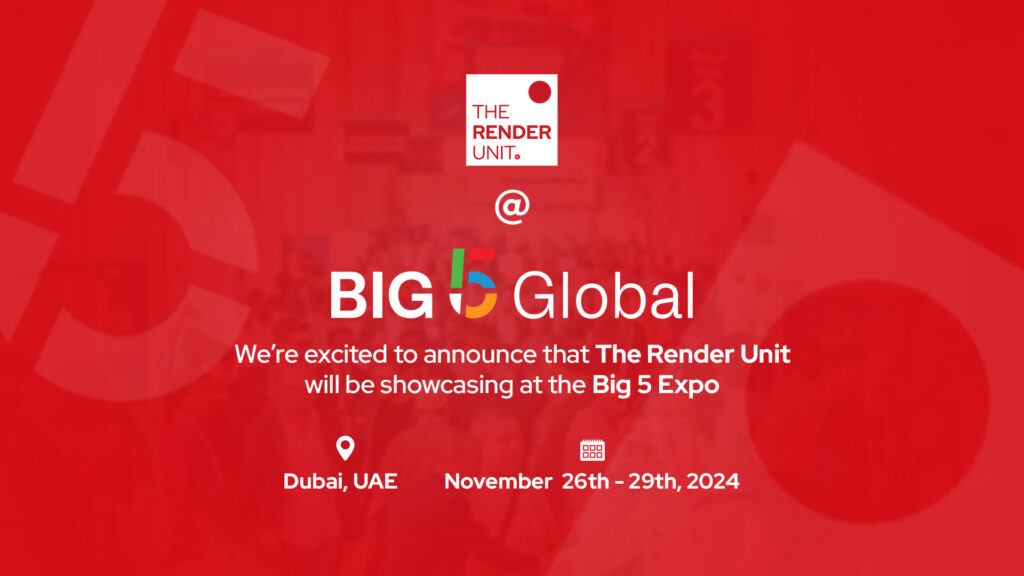How 3D Rendering Can Help Interior Designers Sell
The role of an interior designer involves crafting aesthetically pleasing and practical environments that cater to the preferences and requirements of their patrons. Nonetheless, persuading potential investors to commit to your concept may pose a difficulty. Here is where the utilization of 3D rendering and visualization comes into play.
With the utilization of 3D rendering, a comprehensive and lifelike portrayal of the end result can be presented to the clients. Building trust with clients and facilitating the sale of ideas can be achieved through this approach. The utilization of 3D rendering and visualization can aid interior designers in enhancing their sales pitch.
Providing a Realistic Preview
The provision of a realistic preview of the final product to clients is among the primary advantages of 3D rendering. For some clients, envisioning the appearance of a space based solely on 2D drawings or blueprints can be challenging. This is where this approach can prove to be especially advantageous.
A visually captivating and engaging way to display your design is by producing a digital model of the area. By providing a clear vision, clients can make informed decisions about the project.
Customization and Flexibility
The ease of customization and design tweaking is yet another advantage that can be derived from 3D visualization. A digital model of the space allows for swift and efficient changes and revisions, surpassing the capabilities of traditional methods.
Working with clients who have specific requirements or preferences can be particularly useful. The ability to make modifications on the spot can guarantee that the end result satisfies the client’s requirements and preferences.

Improved Communication
Any successful interior design project hinges on the importance of effective communication. Through the utilization of 3D rendering, design concepts can be conveyed to clients in a more lucid and impactful manner.
Incorporating visual aids into your design presentations can aid clients in comprehending your creative vision and facilitate their decision-making process. Avoiding misunderstandings and miscommunications during construction can prevent costly mistakes.
Client Involvement and Satisfaction
The utilization of 3D rendering and visualization has the potential to enhance client engagement and contentment with the undertaking. Clients can be motivated to participate in the design process and offer their input by being presented with a comprehensive preview of the end result.
By following this approach, it is possible to guarantee that the ultimate outcome satisfies the client’s requirements and preferences. Building trust with the client and enhancing their satisfaction with the project can also be facilitated.
Conclusion
The efficacy of 3D rendering as a persuasive tool for interior designers cannot be overstated. The utilization of 3D rendering can aid in establishing a strong rapport with clients and enhancing the likelihood of a triumphant project. This is achieved by presenting clients with an accurate depiction of the final product, facilitating effortless customization and design modifications, promoting effective communication, and fostering greater client participation and contentment.
Although certain limitations should be considered, the advantages of 3D visualization are evident. With the integration of this technology in your workflow, your interior design business can reach new heights.
FAQs
Q1. What software is needed to create 3D rendering?
A1. Numerous software programs are at one’s disposal for the purpose of generating 3D rendering. SketchUp, Blender, and 3ds Max are among the favored choices.
Q2. Is 3D rendering expensive?
While the cost of 3D rendering can vary depending on the complexity of the project, it is often more affordable than physical prototypes or model-making. Additionally, the increased accuracy of cost estimates and the ability to make revisions more quickly can help to offset the initial cost of the technology.
Q3. Can 3D rendering be used for commercial interior design?
Commercial interior design projects can make use of 3D rendering. The utilization of technology can prove to be especially advantageous in the case of bigger or more intricate commercial areas, where visualizing the final outcome based on 2D sketches or blueprints can be a challenging task.
Q4. Is 3D rendering suitable for small interior design projects?
Small interior design projects can also benefit from the utilization of 3D rendering. The utilization of technology can enhance the visual appeal and engagement of the design, even in a seemingly uncomplicated space.
Q5. Can 3D rendering be used for remodeling projects?
Remodeling projects can make use of 3D rendering. Indeed, this technique can prove to be especially advantageous for such endeavors, since it enables one to envision the alterations within the current setting. The potential impact of the changes can be better understood by clients, leading to more informed decision-making.








